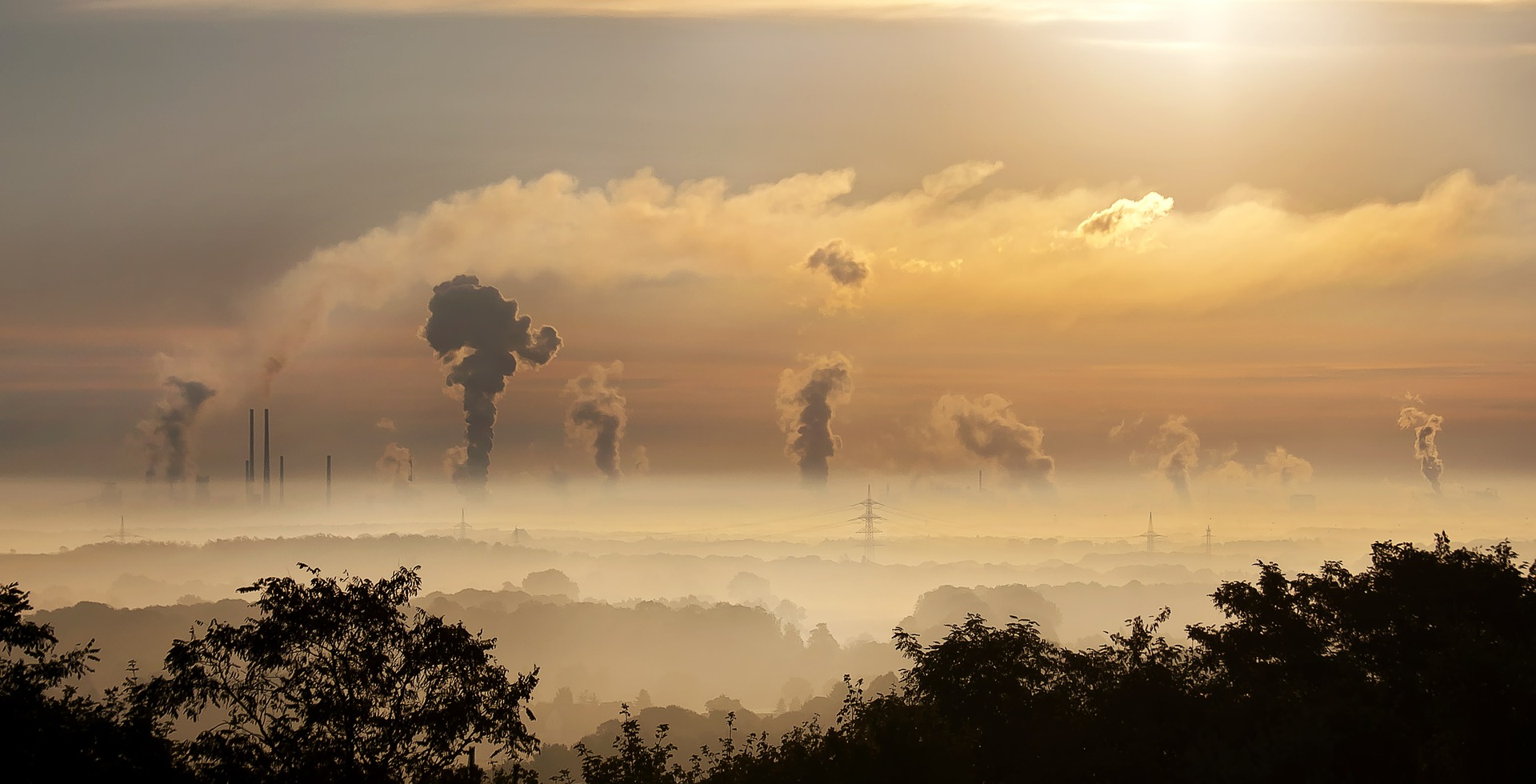In recent decades, California has made efforts to reduce emissions succeeding in partial smog reduction. Even the annual report from the California Air Pollution Control Officers Association indicated long-term trends of air quality improvement. However, the current drought in California has presented itself as a challenge to those efforts.
In a report from the American Lung Association, which evaluated metropolitan areas based on levels of ozone and particles in the air, the five most polluted US cities are all in California. The Central Valley alone was the most polluted region in the nation in 2013. The region has long struggled with its air quality due to the oil and gas activity from its industrial base. These toxic emissions are concentrated and kept in the atmosphere by the arid climate and still air of the area.
To make things worse, the current drought is creating even drier and stagnant conditions. According to the report, these drought-related conditions increase the number of particulates suspended in the air, such as pollen, smoke, and toxic compounds, adding to short-term particle pollution.
The hot and dry conditions set the stage for more wildfires, which release smoke containing ozone-forming pollutants and air toxins. The dry farmland and soils send more particles into the air as they are kicked up. The lack of rainfall and higher temperatures also increase the need for water pumping and electricity, boosting emissions from pumps and power plants. As a result of fewer passing storm systems, there is less circulation and more stagnant conditions, preventing the cleansing of bad air and allowing the air with increased levels of air pollution to concentrate and remain near the ground.
The two main pollutants in the air are particulate matter and ozone, although the drought is not necessarily the primary cause of the former.
Ozone, however, is formed when the reactive gases and unburned hydrocarbons released from vehicles and factories react with heat and sunlight. The higher temperatures associated with drought accelerate this process. Ozone is corrosive, aggressively attacking lung tissue. Exposure to ozone pollution has been linked to premature death, triggering respiratory problems like asthma and bronchitis, and harm to the heart, lungs (especially children’s lungs), the central nervous system, and the reproductive system.
Anyone who spends time outdoors when air pollution levels are high are at risk, especially children, teens, anyone older than 65, and those with diabetes, respiratory diseases, and cardiovascular diseases.
Even higher pollution spikes are expected in next year’s report if the drought continues. Relief may only come if enough winter storms pass through to stir up the stagnant, polluted air and bring rain for additional cleansing. According to the head of the San Joaquin Valley Air Pollution Control District, “If we can just get back to a normal winter, air quality would be significantly better.”
Until then, people should take care to pay attention to forecasts about high air pollution days so outdoor activities can be limited on those days. In addition, the efforts to reduce emissions and pollution must continue by paying attention to local measures and recommendations.










